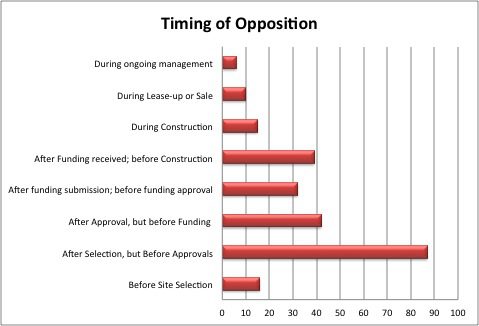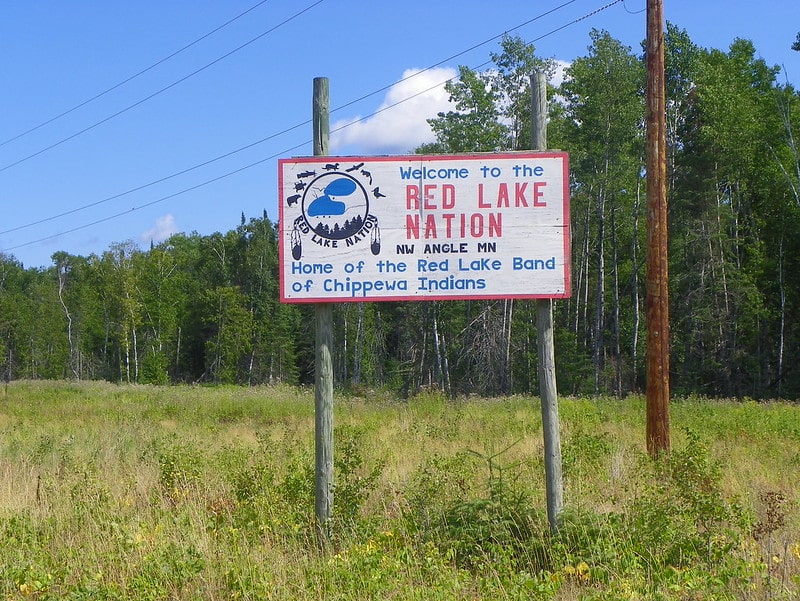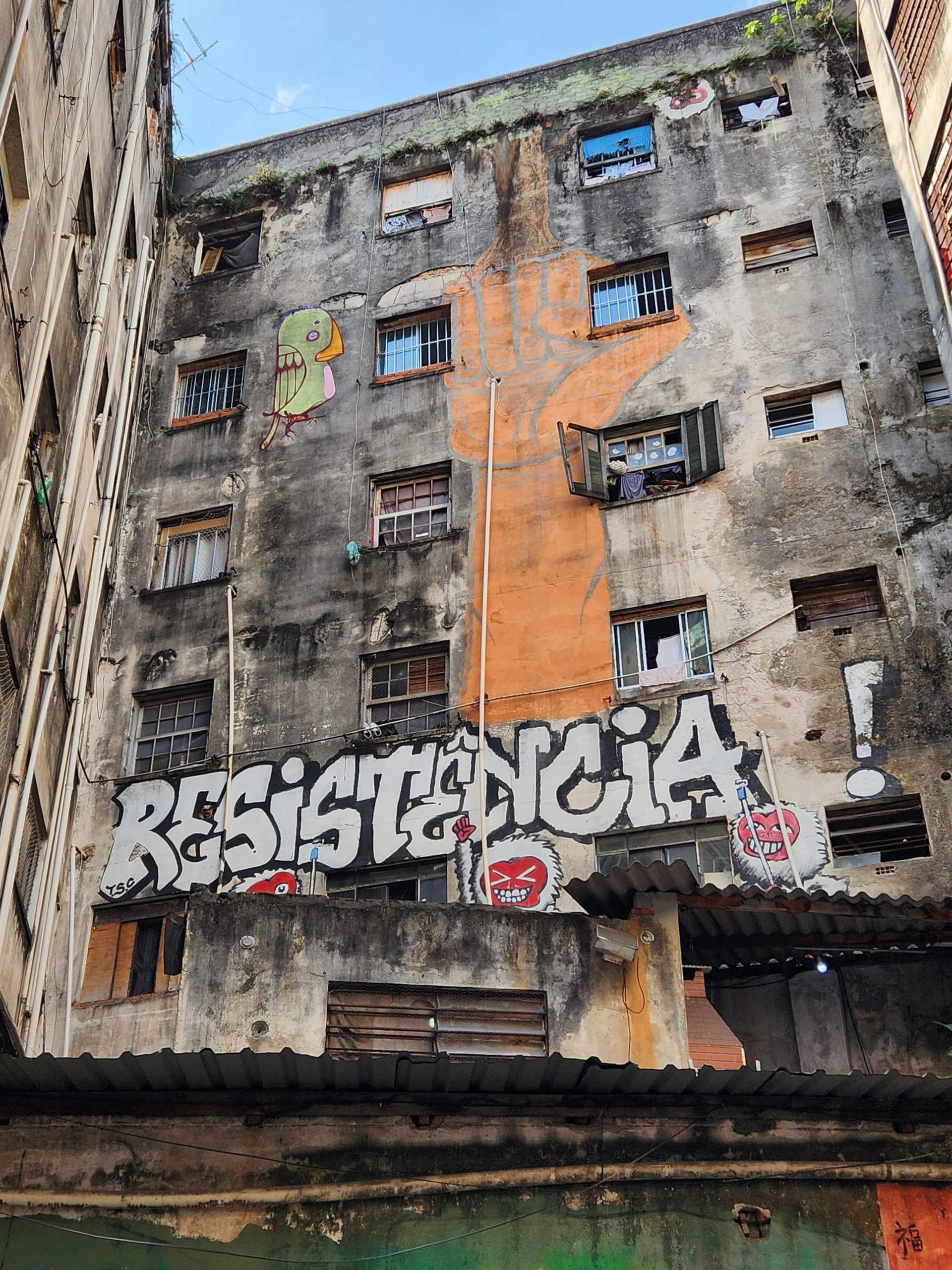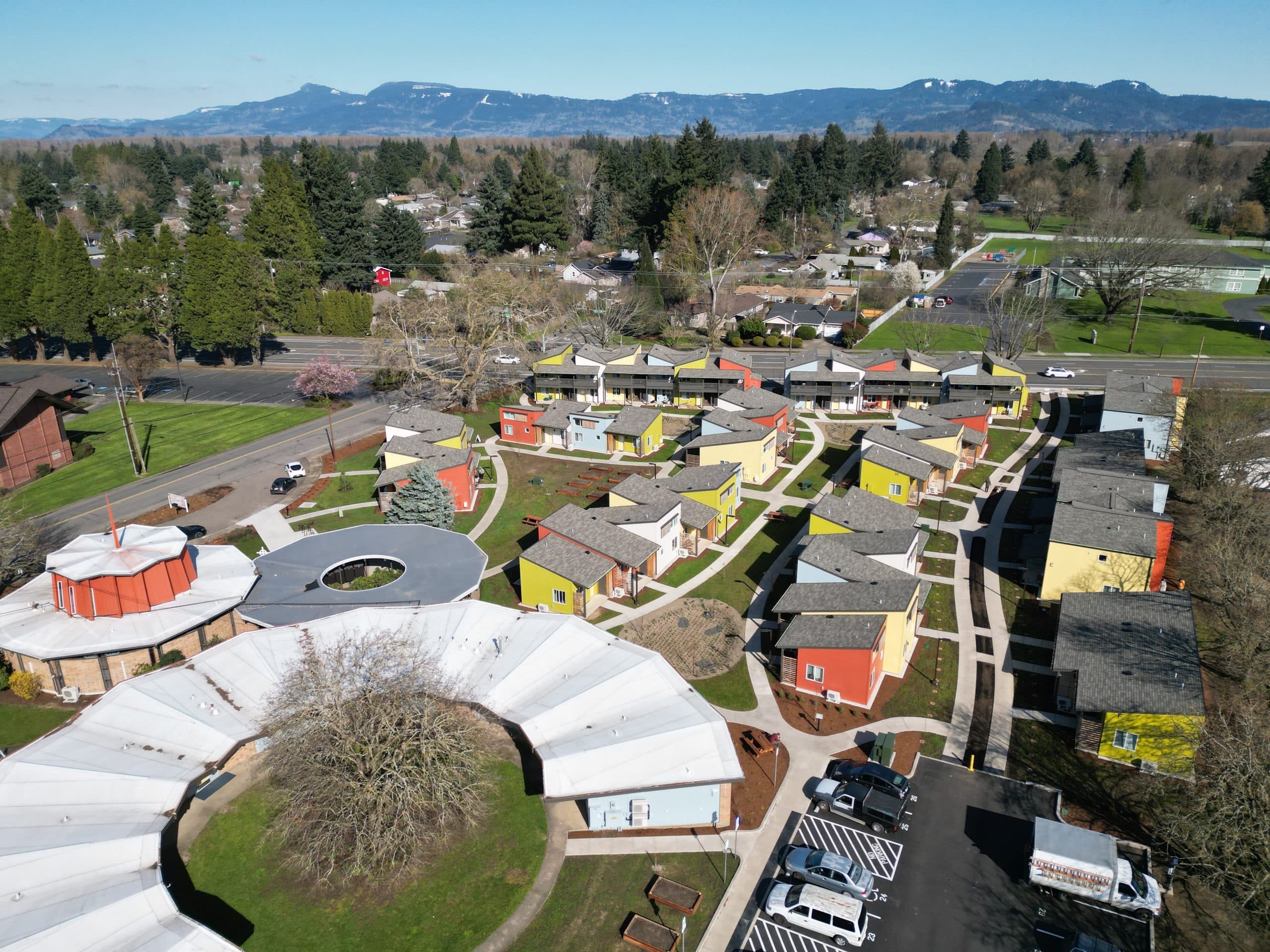Editor’s Note: This is Part 2 in a series on NIMBY and affordable housing. To catch up on the rest of the series, read Part 1, Part 3, and Part 4.

Figure 1: The percent of developers indicating opposition. Courtesy of Project Stage
For the most part, opposition is common, but varies in frequency. In our survey, 74 nonprofit and for-profit developers responded. Out of these respondents, 70 percent (52 developers) have experienced local community opposition to their affordable housing development projects. Six organizations (12 percent) state that they experience community opposition ‘almost always’, 16 (31 percent) experience opposition ‘frequently’, twenty (39 percent) experience it ‘occasionally’, and 10 (19 percent) ‘seldom’ experience opposition.
Developers experience opposition in every kind of community: We asked developers in what type of community they experienced the strongest opposition. Forty-six responded that they receive the most opposition in urban communities, with 27 percent each indicating strongest opposition in suburban and rural communities. However, of the 18 developers who stated that they had never experienced opposition, 8 are located in New York City. While our sample size is too small to draw any conclusions from this, it could indicate that developments in large cities are not targeted for opposition as often as those in smaller cities, suburban, or rural areas.
For-profit developers experience opposition more frequently than nonprofit ones, despite having affordable housing as key mission and business activity. Important differences between respondents include tax status and unit types developed. Sixty three percent of nonprofit respondents had experienced opposition, while 94 percent of for-profit respondents did, indicating that nonprofit developers may be better at avoiding opposition. However, those experiencing opposition did share some general characteristics in terms of mission and business activity. Eighty percent include affordable housing as part of their organizational mission or business statement. The majority (67 percent) devote at least half of their business activity to affordable housing development and management.
Rental housing for families is most often targeted. In addition, while the majority (62 percent) of respondents experiencing opposition were focused on rental housing development, one out of every five respondents focused on developing owned units, and another 16 percent developed both rental and owned units equally. Most develop housing for families (98 percent), the elderly (77 percent), and people with disabilities (64 percent). Finally, the majority (60 percent) focus primarily on rental housing. These findings corroborate the NIMBY literature that suggests that community opposition is strongest when the residents of such housing are perceived as having a negative impact on the surrounding community—namely, families who rent.
[RELATED ARTICLE: What Is NIMBYism and How Do Affordable Housing Developers Respond to It?]
Opposition occurs most often before local approvals and financing are secured. We asked developers to indicate phases during the development process when they tended to experience community opposition, listing answer options in chronological order beginning with ‘before site selection’ and ending with ‘during ongoing management (if rental).’ Their answers are reflected in Figure 1.
An overwhelming majority (87 percent) stated that they commonly experienced opposition after they have selected their project site, but before gaining whatever local project approvals may be needed, such as zoning changes, building permits, and the like. Many developers also experienced opposition after local approval but before funding applications are submitted (42 percent), after funding submission but before funding approval (32 percent), and after funding approval but before beginning construction (39 percent). Opposition at the very beginning and very end of process was less common, but still present, with 16 percent of developers experiencing opposition even before a project site was selected, 15 percent experiencing opposition during actual construction, and 10 percent and 6 percent respectively experiencing opposition during lease-up or sale of units, and ongoing management of rental units.
This article is part of a three-piece series. Read the first piece in this series: New York State’s Affordable Housing Developers: What They Do, How They Do It.
The final part of the series, Who, Why, and How Communities Oppose Affordable Housing, examines the types of opposition experienced by developers, including how that opposition is organized, the tactics employed, and the rationale for the opposition.




I think most of the opposition stems from the fact that the developers (in many cases) are not from the area and have no stake in whether the community is strengthened by their development plan, beyond their bottom line. Also, there doesn’t seem to be a lot of connecting between the developers and the community on any meaningful level.
Some of this could be alleviated by having the developers (both nonprofit and for profit) become a part of the community, thereby having a larger stake in what happens once the residents move in. Creating affordable housing is more than just a business model.
This is a keen observation. We hope to explore this more in the future, as its hard to capture in a survey. Stay tuned for our final 2 blog posts on this survey, where we will discuss how developers have tried to overcome community opposition.
The survey results reflect our actual experience and other studies. Early in the process, community members react to affordable housing out of fear and stereotypes . But once real human beings inhabit it, the opposition tends to evaporate. Often neighbors admit their fears were unfounded. The lesson in my view is that developers should push through and complete the project. Engaging with communities during the early stages of the project, when neighbors are acting based on fear and not fact, is not likely to be productive. In fact, it may do a real disservice to the prospective residents of the affordable housing who are not respected by the zoning or local approval process.